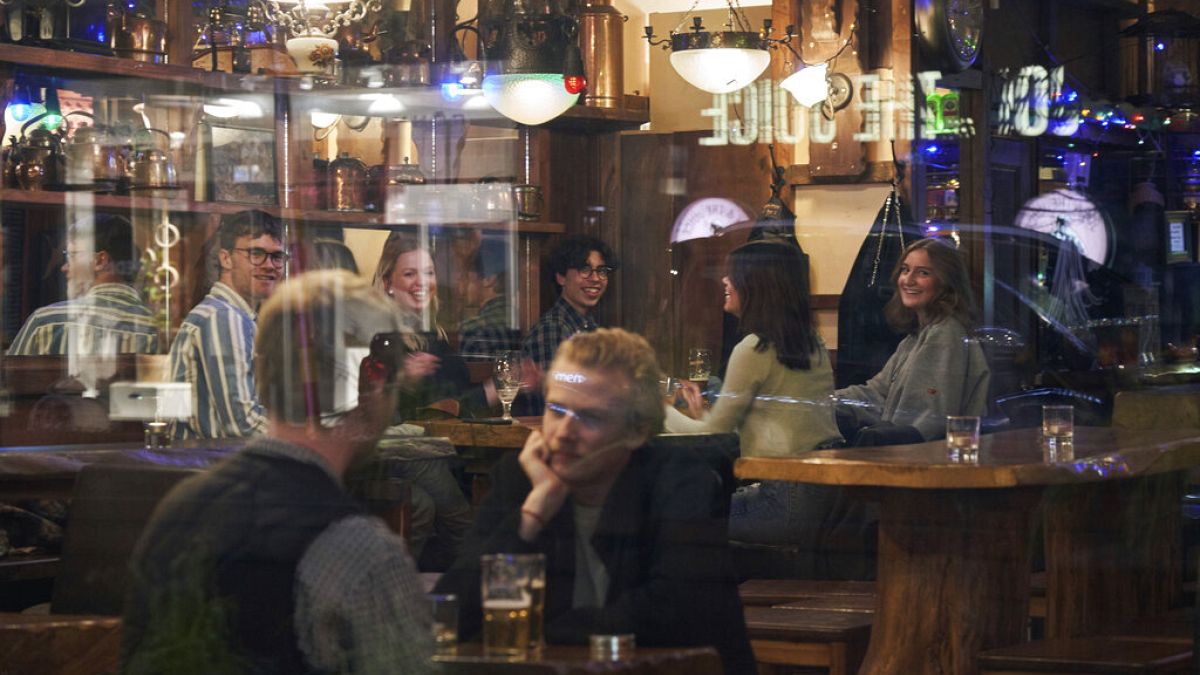Denmark and Sweden have lots of things in common - except how to handle a coronavirus crisis.
Denmark and Sweden are joined by more than the Øresund Bridge: wealth, welfare and high taxes are just a few things they have in common.
But, when it comes to handling the coronavirus crisis, they are on very different trajectories.
On 13 March, the Danish social democratic government announced a more or less complete shutdown of the public sector. Then came bans on social gatherings with more than ten persons and forced closings of restaurants and cafés.
But in Sweden, prime minister Stefan Löfven and the Public Health Agency of Sweden have kept aggressive legislation at bay. His government still allows up to 500 people together, while restaurants and bars remain open under stricter hygiene rules. University students have been sent home, but schools are open for the kids.
“The strategy in Sweden is to focus on social distancing among the known risk groups, like the elderly. We try to use evidence-based measurements,” said Emma Frans, doctor in epidemiology at Karolinska Institute.
Following that logic, there is no reason to shut down schools, she noted. Studies show that kids spread the flu very fast, but that is not the case with COVID-19. On the other hand, children who are homebound and need looking after 24/7 may socialise more with citizens from the vulnerable segments. Such as their grandparents.
In Denmark, Mette Frederiksen already claimed that she would “rather go one step too far” with restrictive measures.
Yet, the month-long shutdown has had its side effects: 42,847 Danes registered as jobless between 9 and 24 March, according to the Danish Agency for Labour Market and Recruitment.
Economist Lars Christensen is not negative towards the lockdown, but he misses one important thing:
“The economic consequences are quite visible in terms of rising unemployment and compulsory sales. So, I would like the government to link forecasts on expected number of hospitalisations with their lockdown policy. If numbers progress, we can soften measures and get the economy back on track faster," he said.
However, the problem is that it is impossible to predict the scope of the crisis.
“It´'s difficult to keep the world locked down, until we have a vaccine launched in 18 months. We try to adjust everyday life. The Swedish plan is to implement measurements that you can practice for a long time," Frans noted.
One thing rings a bell of consensus across the Scandinavian country borders: it is too early to pass a verdict on the two strategies, as the resulting total number of infections, fatalities and hospitalisations will only show in two-weeks’ time.
The question then is, whether Sweden will see an exponential increase compared to Denmark?
As of writing, the total number of infections is 1,877 with 41 fatalities in Denmark and 2,855 with 77 fatalities in Sweden. However, the latter has seen 37 deceased patients in just two days.
“One of the best things to do right now is to keep a journal. When all this is over, we will see a democratic discussion on our government measures, and whether they worked,” said Christensen.
